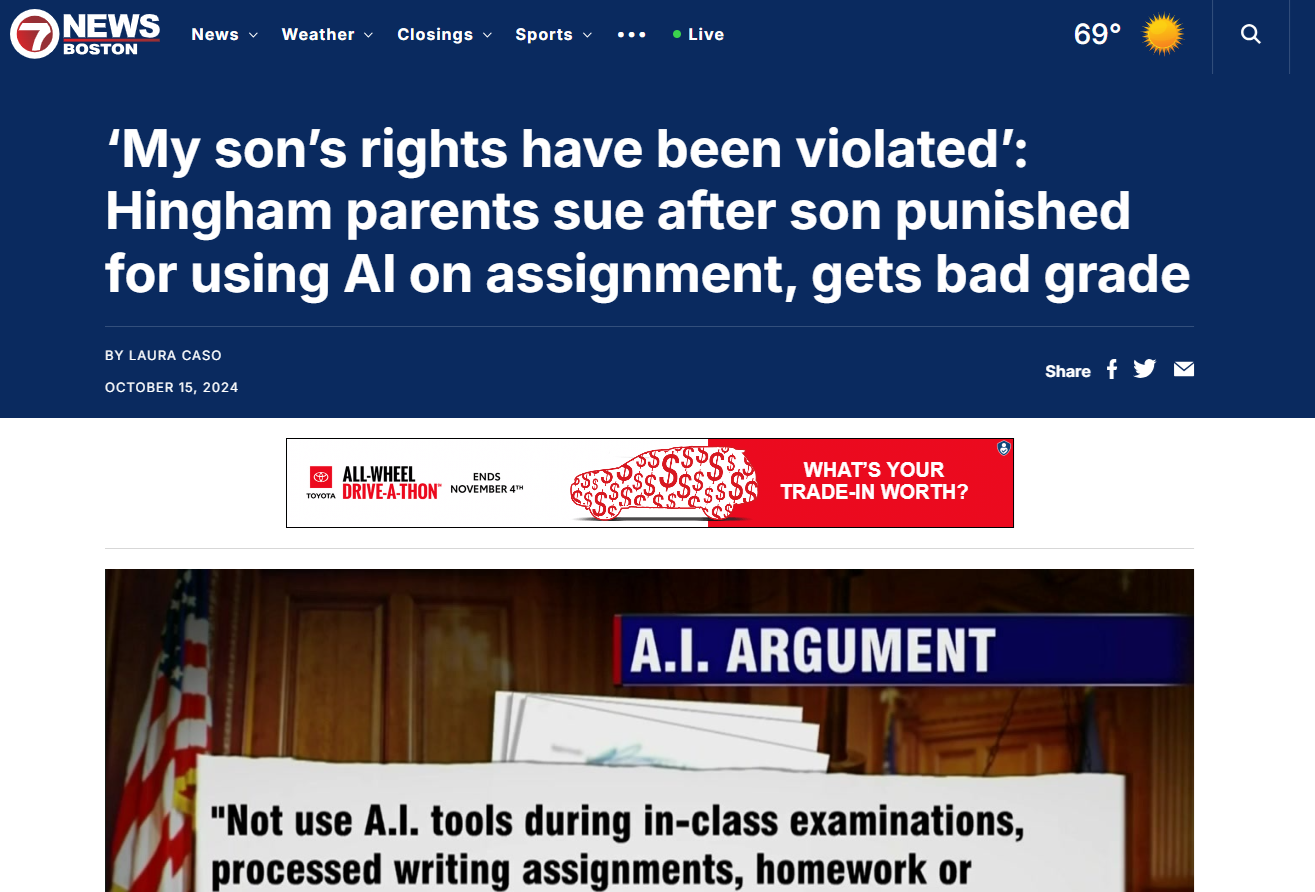Institutions are increasingly leveraging AI to rethink how they interact with prospective and current students, streamline admissions processes, and enhance student support and retention. From personalized outreach efforts that resonate with individual student preferences to sophisticated algorithms automating admissions tasks and virtual assistants providing round-the-clock support, AI is at the forefront of educational innovation. Here are a few examples of how AI is reshaping education.
Personalized Outreach and Engagement:
AI can analyze vast amounts of data to identify prospective students’ interests, preferences, and educational backgrounds. This information can be used to tailor outreach efforts, making them more relevant and appealing to each prospective student. By personalizing communication, institutions can better engage with students, addressing their specific questions, concerns, and aspirations.
In 2016, Georgia State University implemented an AI-powered chatbot named “Pounce” to improve communication with prospective students. Pounce answers questions about the enrollment process, financial aid, and other student services, providing personalized responses 24/7. During its initial summer of use, Pounce responded to over 200,000 inquiries from new college entrants. The initiative helped reduce the University’s summer melt by 22%, translating to 324 additional students attending the first day of fall classes.
Automated Admissions Processes:
AI can streamline the admissions process by automating routine tasks such as sorting applications, analyzing academic records, and evaluating eligibility criteria. For example, AI algorithms can quickly process essays and recommendation letters to identify key themes and strengths of applicants. This not only speeds up the admissions process but also ensures a level of consistency and objectivity in evaluating applications. Furthermore, AI can assist in predicting enrollment likelihood, helping institutions to more accurately forecast and manage their incoming classes.
According to a survey conducted in September 2023 by Intelligent, a digital magazine specializing in higher education insights, half of the admissions offices in higher education institutions have integrated AI technologies into their operations and 80% said they would use AI in 2024.
Enhanced Student Support and Retention:
Once students have enrolled, AI can continue to play a crucial role in supporting them through personalized learning experiences and support services. AI-powered chatbots and virtual assistants can provide 24/7 support to answer students’ questions, from administrative queries to academic guidance. Additionally, AI can identify students who may be at risk of dropping out by analyzing patterns in their academic performance, engagement levels, and other indicators. Early identification allows institutions to intervene with targeted support, improving student retention and success rates.
Georgia Institute of Technology experimented early with an AI teaching assistant named “Jill Watson” to manage the high volume of student inquiries in a master’s-level AI class. Jill, powered by IBM’s Watson, was able to answer students’ questions with a 97% success rate, significantly reducing the workload on human teaching assistants and allowing them to focus on more complex student needs. The latest iteration of Jill is capable of autonomously responding to roughly 60% of student introductions in the first week of classes, as well as handling approximately one-third of all administrative inquiries related to class assessments, including assignments, projects, and exams. Jill has worked with over 50 human TAs and interacted with over 1500 students.
As we look to the future, the integration of AI within higher education institutions is not just a fleeting trend but a fundamental shift in how institutions operate and engage with student populations. The success stories of “Pounce” at Georgia State University and “Jill Watson” at the Georgia Institute of Technology highlight the tangible benefits AI can bring to the table, from enhancing communication to supporting teaching staff and improving student retention rates. With a substantial number of institutions planning to adopt AI in their operations, the stage is set for a transformative impact on the higher education landscape. This technological evolution promises to make higher education more accessible, personalized, and efficient, ensuring that institutions can meet the diverse needs of their students while preparing them for the challenges of the future.



